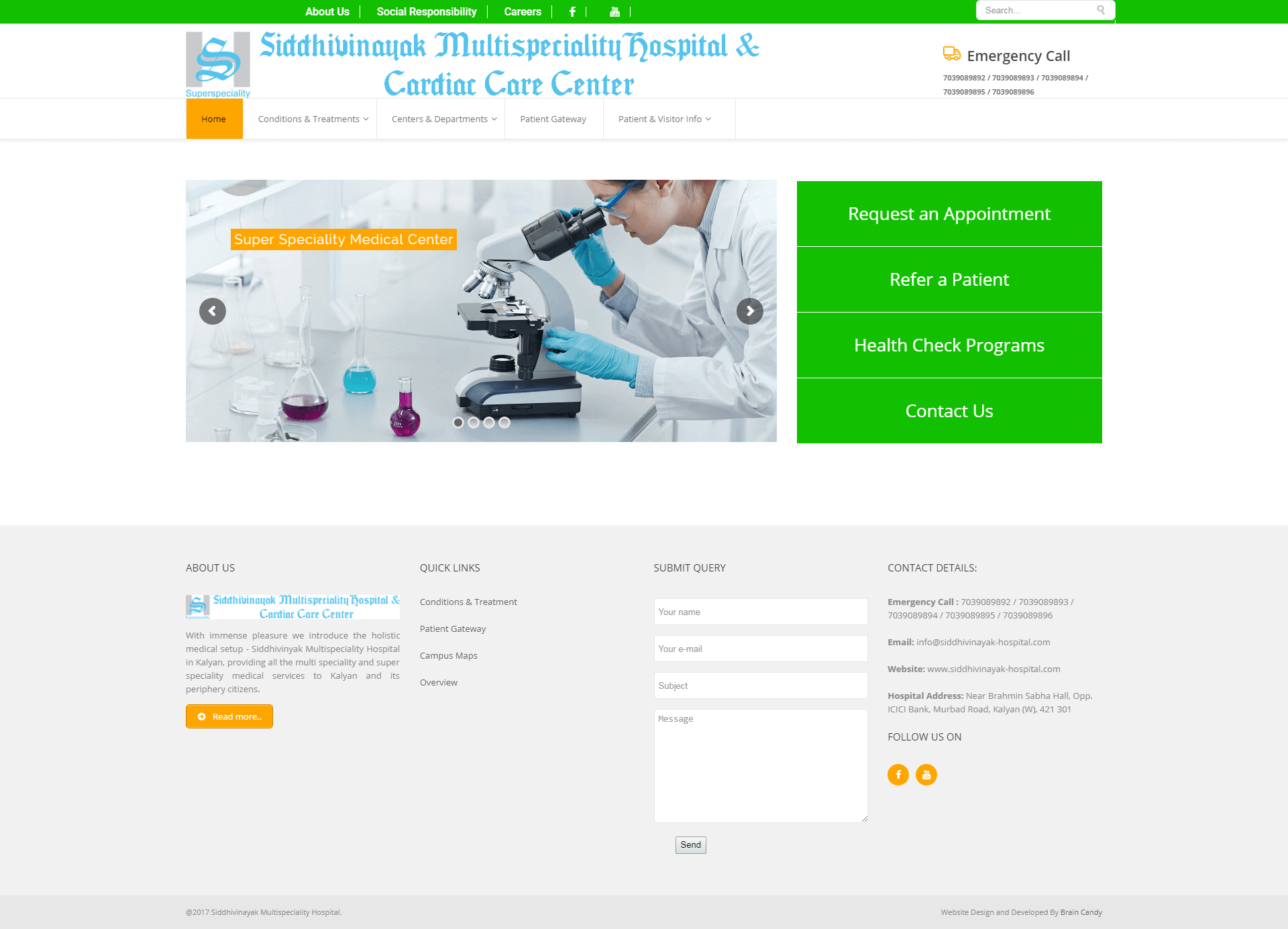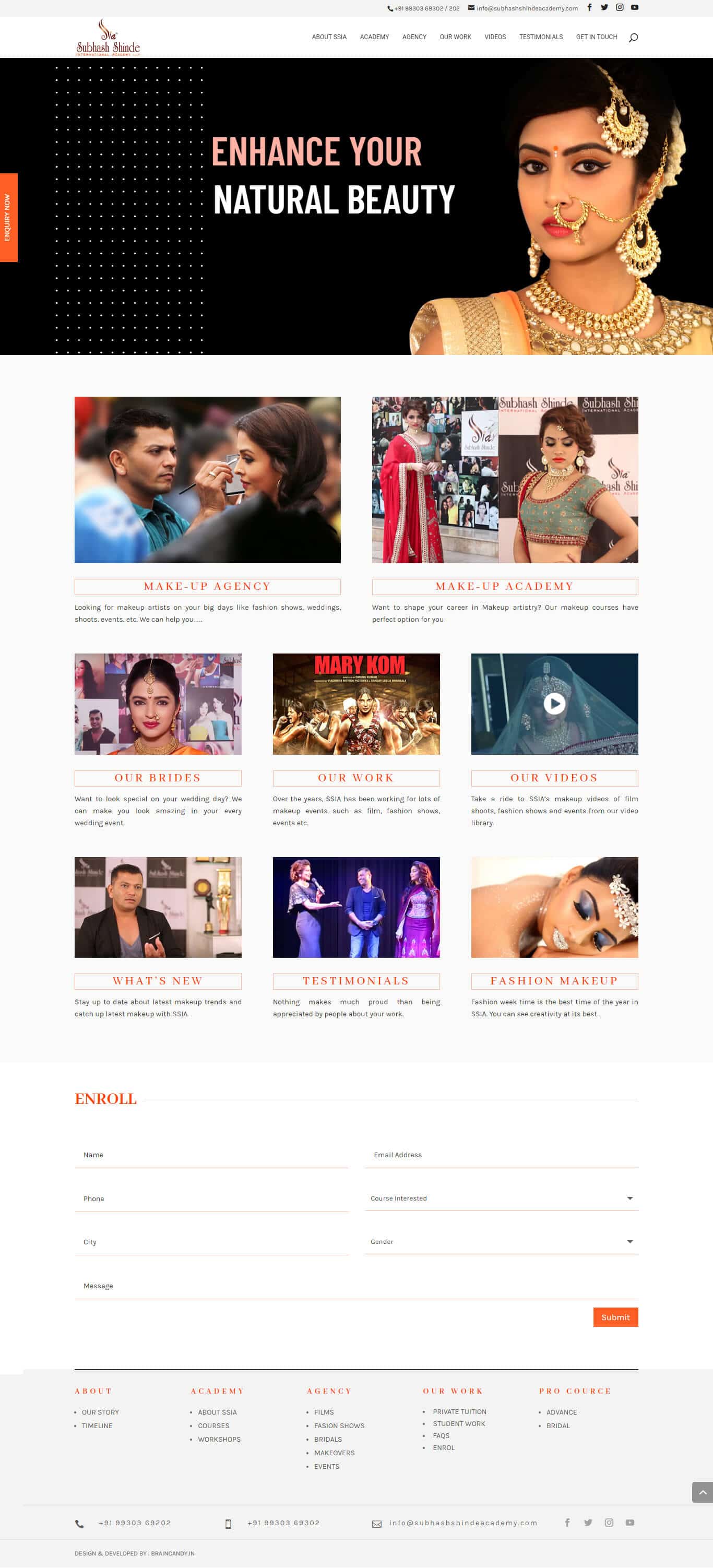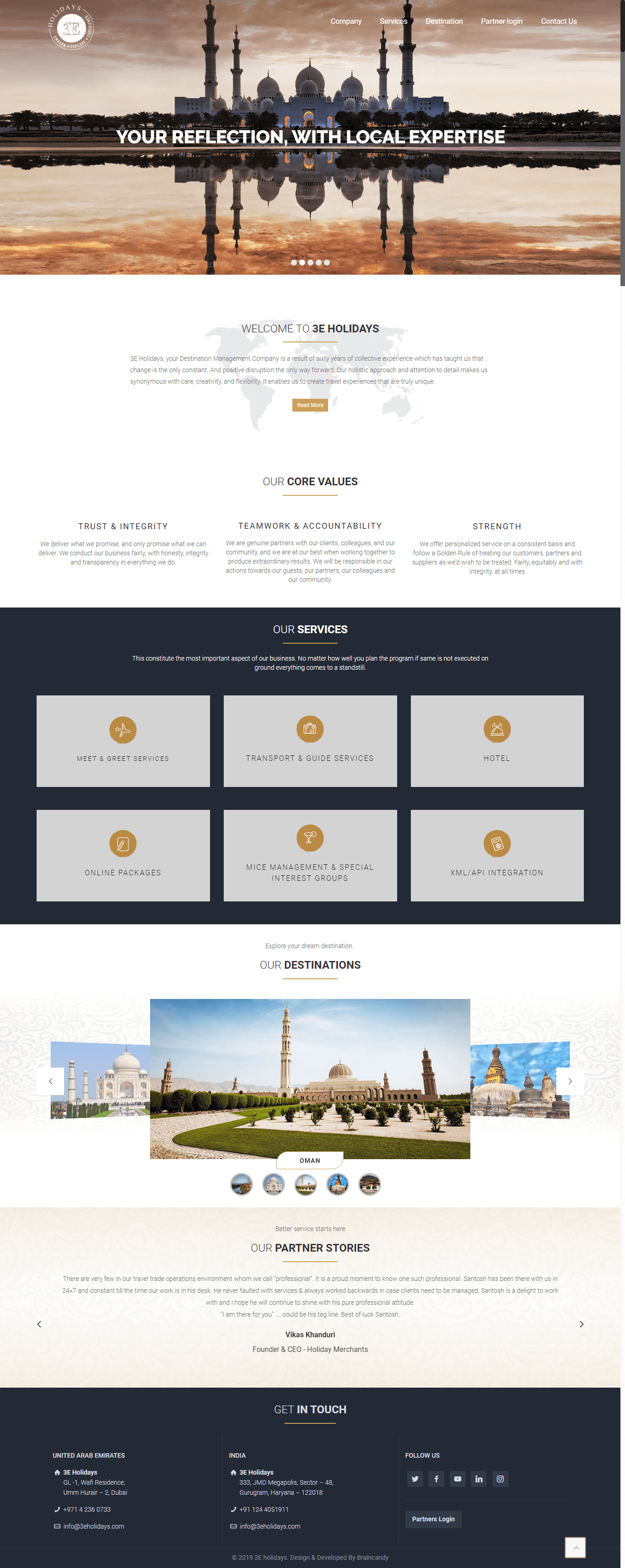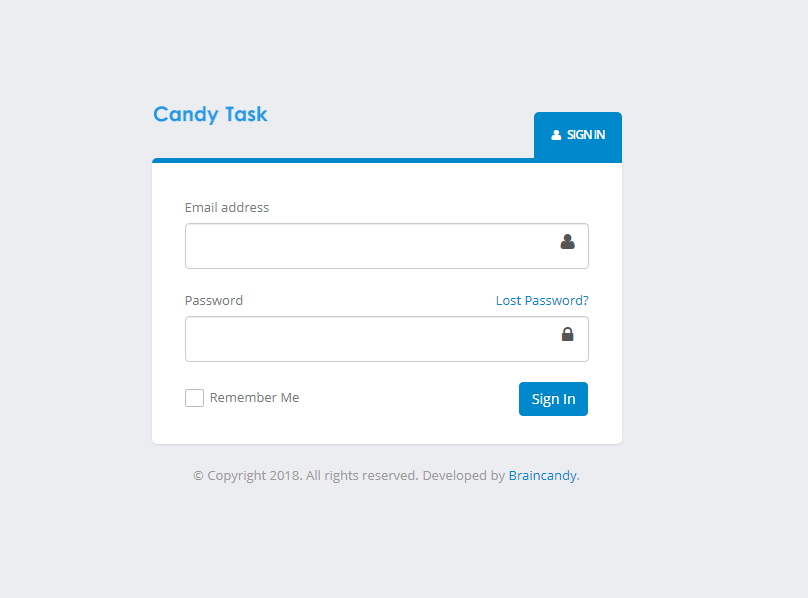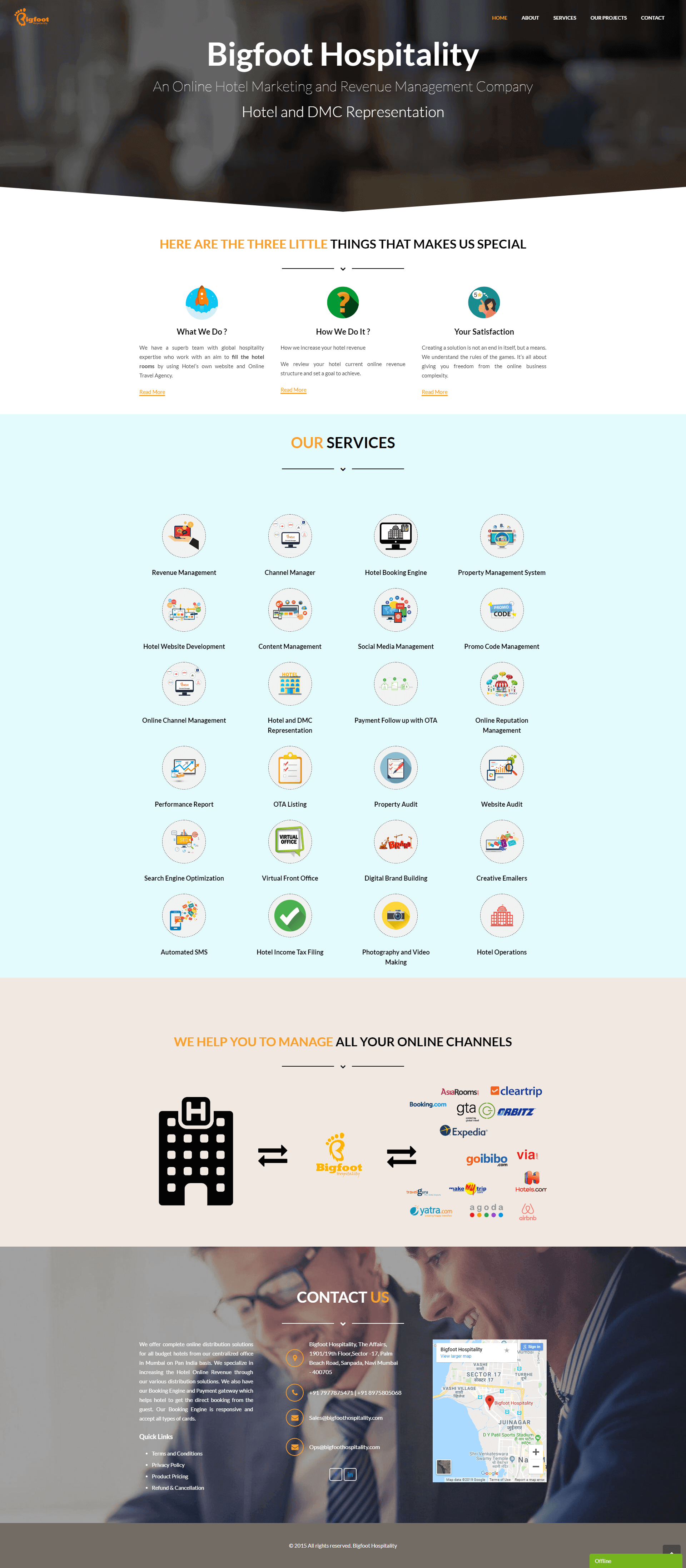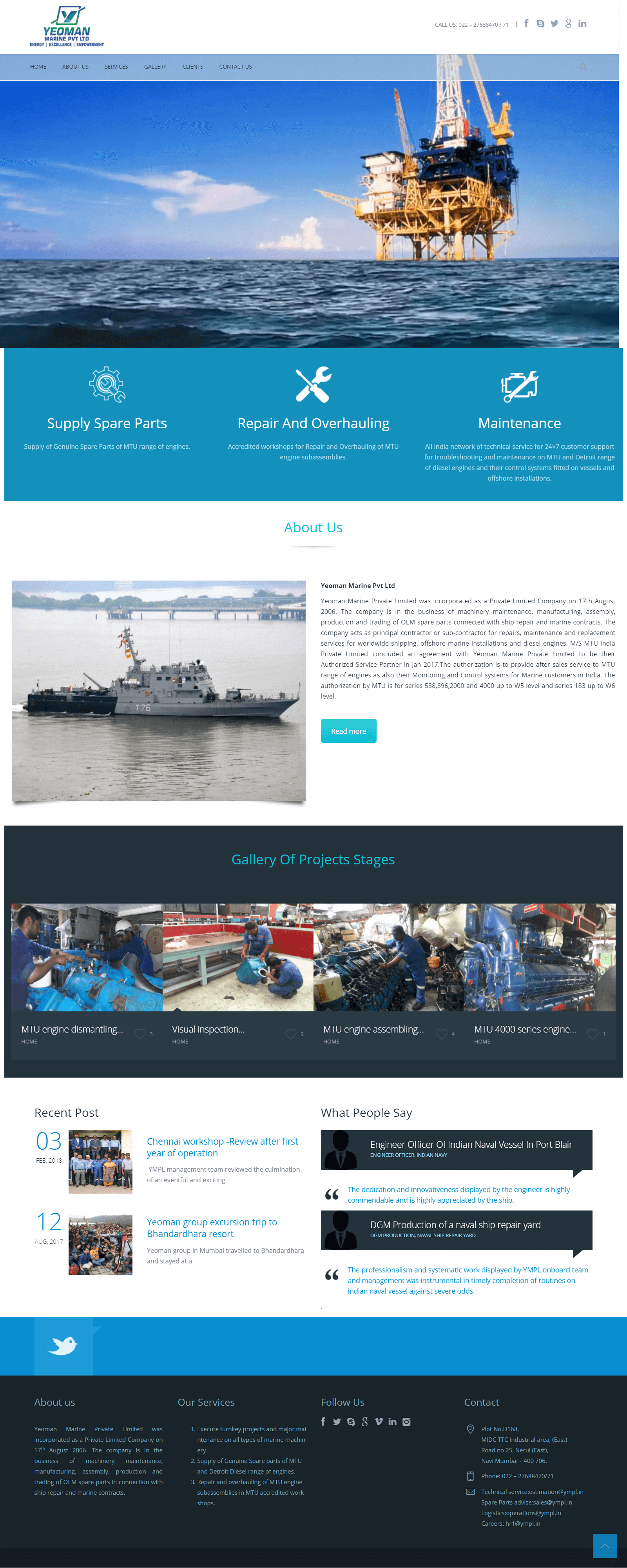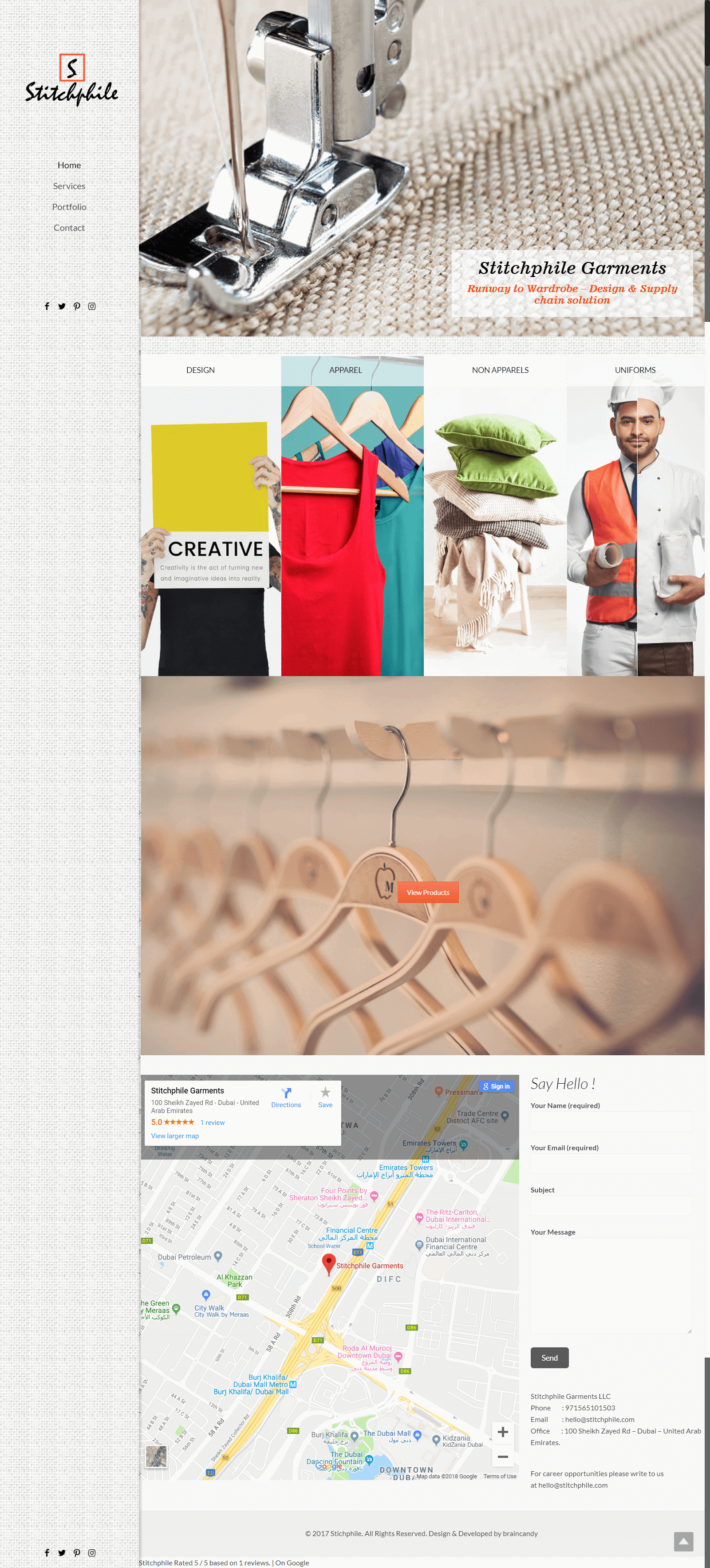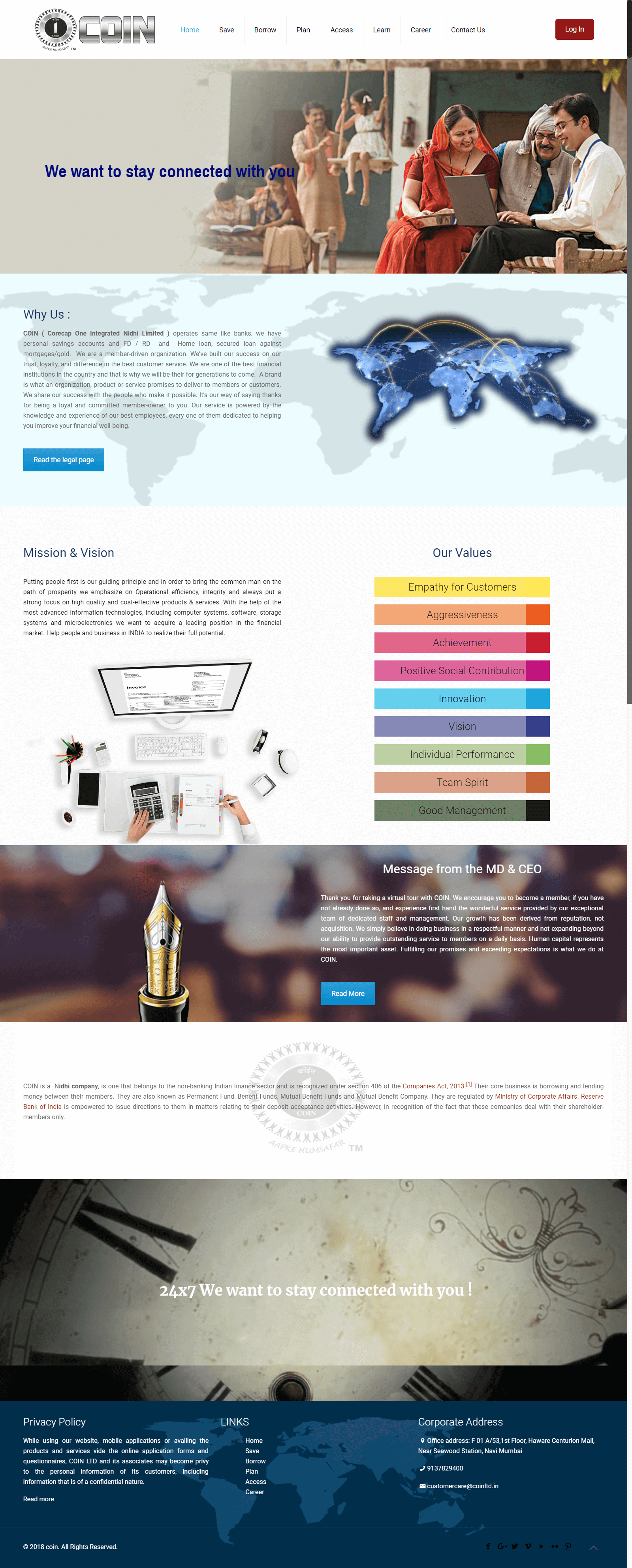- BY braincandy
- POSTED IN Uncategorized
- WITH 0 COMMENTS
- PERMALINK
- STANDARD POST TYPE


The advertising world is no longer what it used to be. As consumer preferences shift, brands must adapt their marketing strategies. Today’s consumers demand more than just a flashy ad; they seek content that resonates with them on a personal level.
The Shifting Sands of Consumer Engagement
The Evolving Consumer Landscape: A Data-Driven Look at Modern Buyer Behavior
Recent research shows that over 70% of consumers prefer brands that listen to their opinions and adapt accordingly (Statista, 2022). Technology and social media continue to shape buyer behavior, creating a demand for authentic and engaging content.
Why Traditional Advertising Falls Short
Many old-school advertising methods no longer engage consumers. Traditional ads often focus on product features rather than understanding what the audience desires. This outdated approach can lead to ineffective campaigns. A fresh strategy is essential for capturing attention and driving sales.
The Promise of Engaging Ads: Building Brand Loyalty and Driving Conversions
Engaging ads do more than just promote products; they create connections with consumers. By delivering impactful messages, brands can foster loyalty that translates into increased conversions.
Understanding Your Target Audience: Beyond Demographics
In-Depth Persona Development: Moving Past Surface-Level Data
Creating detailed buyer personas is crucial. Here’s how:
- Conduct Surveys: Gain insights on preferences.
- Analyze Purchasing Behavior: Identify buying patterns.
- Use Social Listening: Monitor conversations about your brand.
An example could be a millennial who values sustainability. Brands that align with such values can effectively target this audience (HubSpot, 2023).
Leveraging Data Analytics to Understand Consumer Needs
Data analytics plays a significant role in shaping ad strategies. Platforms like Google Analytics and Facebook Insights offer metrics such as:
- UserDemographics
- Traffic Sources
- Engagement Rates
These insights help brands tailor their messages to meet consumer needs.
Empathy Mapping: Connecting with Consumers on an Emotional Level
Understanding consumers requires more than numbers. Empathy mapping helps identify emotions and motivations that drive decisions. This technique can guide ad creations that resonate deeply.
The Power of Storytelling in Advertising: Creating Emotional Connections
Narrative Advertising: Why Stories Resonate
Storytelling captures attention and evokes feelings. Brands like Nike and Apple have used narratives effectively, forging strong connections with their audiences.
Authenticity and Transparency: Building Trust Through Honesty
Consumers appreciate brands that are real. Authentic content invites trust. Companies like Patagonia, known for their eco-friendly stance, showcase transparency in their practices (Adweek, 2022).
Emotionally Intelligent Ads: Appealing to the Human Experience
To create ads with emotional impact, consider:
- Relatable Characters: Make them reflect your audience.
- Sincere Messages: Address real issues.
- Visual Storytelling: Combine images and narratives effectively.
Harnessing the Power of Visuals and Multimedia
The Importance of High-Quality Visuals: Engaging the Eye
Research shows that visuals increase engagement by 94% (3M, 2021). High-quality images and videos matter. Brands should focus on clarity and relevance in their visuals.
Interactive Ads: Enhancing Engagement and Brand Recall
Brands like Coca-Cola have successfully used interactive elements. Examples include polls and quizzes that encourage user involvement. To implement this, consider these steps:
- Create Engaging Formats: Think video, GIFs, or quizzes.
- Incorporate User-Generated Content: Encourage audience participation.
- Utilize Real-Time Feedback: Adapt based on engagement.
Utilizing Multiple Media Platforms: A Multi-Channel Approach
Adopting a multi-channel strategy brings versatility. Brands like McDonald’s effectively use television, social media, and print to reach different audiences. This broadens their message’s reach, enhancing brand recognition.
Measuring and Optimizing Your Ad Performance: Data-Driven Iteration
Key Performance Indicators (KPIs) for Ad Success
To measure ad effectiveness, focus on these KPIs:
- Click-Through Rate (CTR)
- Conversion Rate
- Customer Retention Rate
Regularly track these metrics to evaluate success.
A/B Testing: Optimizing for Maximum Impact
A/B testing helps find the best ad versions. This process involves:
- Creating variations of your ad.
- Running them simultaneously.
- Analyzing which performs better.
Brands like Netflix have increased engagement through this method (MarketingProfs, 2023).
Continuous Improvement: Adapting to Evolving Consumer Behavior
Ad strategies should adapt over time. Analyze data regularly to make informed decisions. Use feedback to refine messages and visuals.
The Future of Advertising: Emerging Trends and Technologies
Personalized Advertising: Targeting Individual Consumers
Personalized advertising is gaining traction. Brands like Spotify successfully tailor experiences based on user data. However, this approach comes with ethical considerations about privacy.
The Metaverse and Immersive Advertising: New Frontiers in Engagement
The metaverse offers exciting opportunities for brands to engage users in virtual environments. Early adopters like Gucci are exploring how to create immersive experiences that captivate audiences.
Artificial Intelligence (AI) in Advertising: Enhancing Automation and Targeting
AI is transforming advertising by automating processes and improving targeting. Brands are using AI to analyze data, optimize ads, and improve customer interactions. Yet, ethical implications remain a concern and must be addressed.
Conclusion: Creating Ads That Connect
Key Takeaways: Actionable Steps for Success
Creating engaging ads requires understanding your audience, using storytelling, and embracing technology. Monitor performance metrics and be willing to adapt.
The Path Forward: Embracing Change and Innovation
The advertising landscape continually shifts. Embrace new strategies and ideas to stay relevant. Create content that connects with consumers, and your brand will thrive.

